Wethersfield Estate & Garden
Wethersfield Estate & Garden has been placed on the National Register of Historic Places by the Department of the Interior for its significance in Architecture, Landscape Architecture, Conservation, Arts, and Entertainment/Recreation.
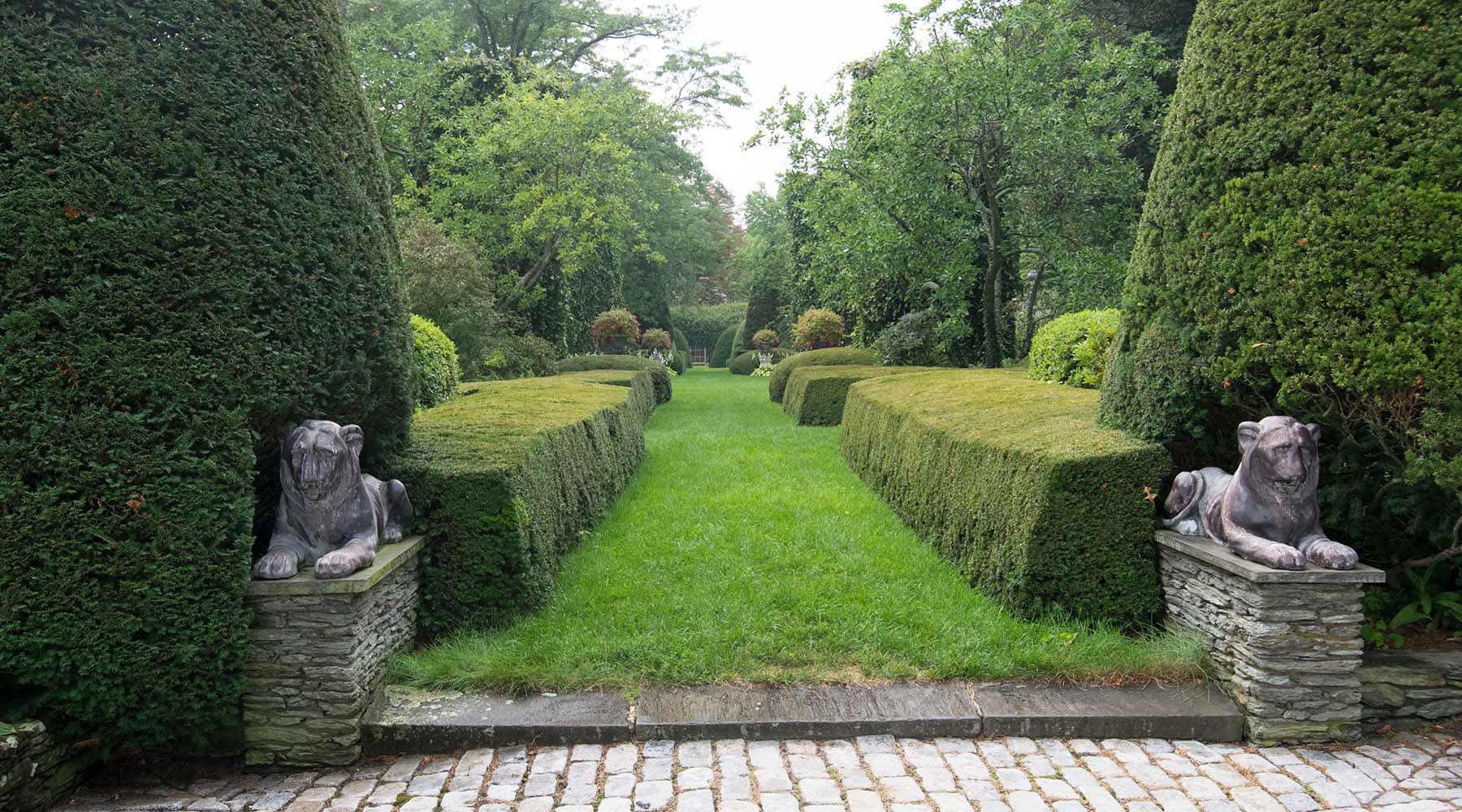
The Classical Garden
Unusual in America, Wethersfield imports the thematic relationship between the bosco (“The Wilderness”) and the formal garden, the former with allegorical commissioned statuary. The statues, rendered in the late 1960’s and 1970’s by Peter Watts (1916 – 2002) and Jozef Stachura (1923-2001), convey multiple influences that reference pre-Christian Greek mythology. This mysterious bosco invites visitors to consider universal challenges we, as human beings, encounter at different times and in different ways. Themes hinted at include love, lost love, loss, yearning, rebirth, and the search for meaning and peace in beauty and triumph.
Extending outward from the Arts and Crafts Garden along a central east-west axis and terraced in three major sections, the classical garden deploys variations in material, elevation, scale and depth to entice visitors onward.
The Woodland Garden
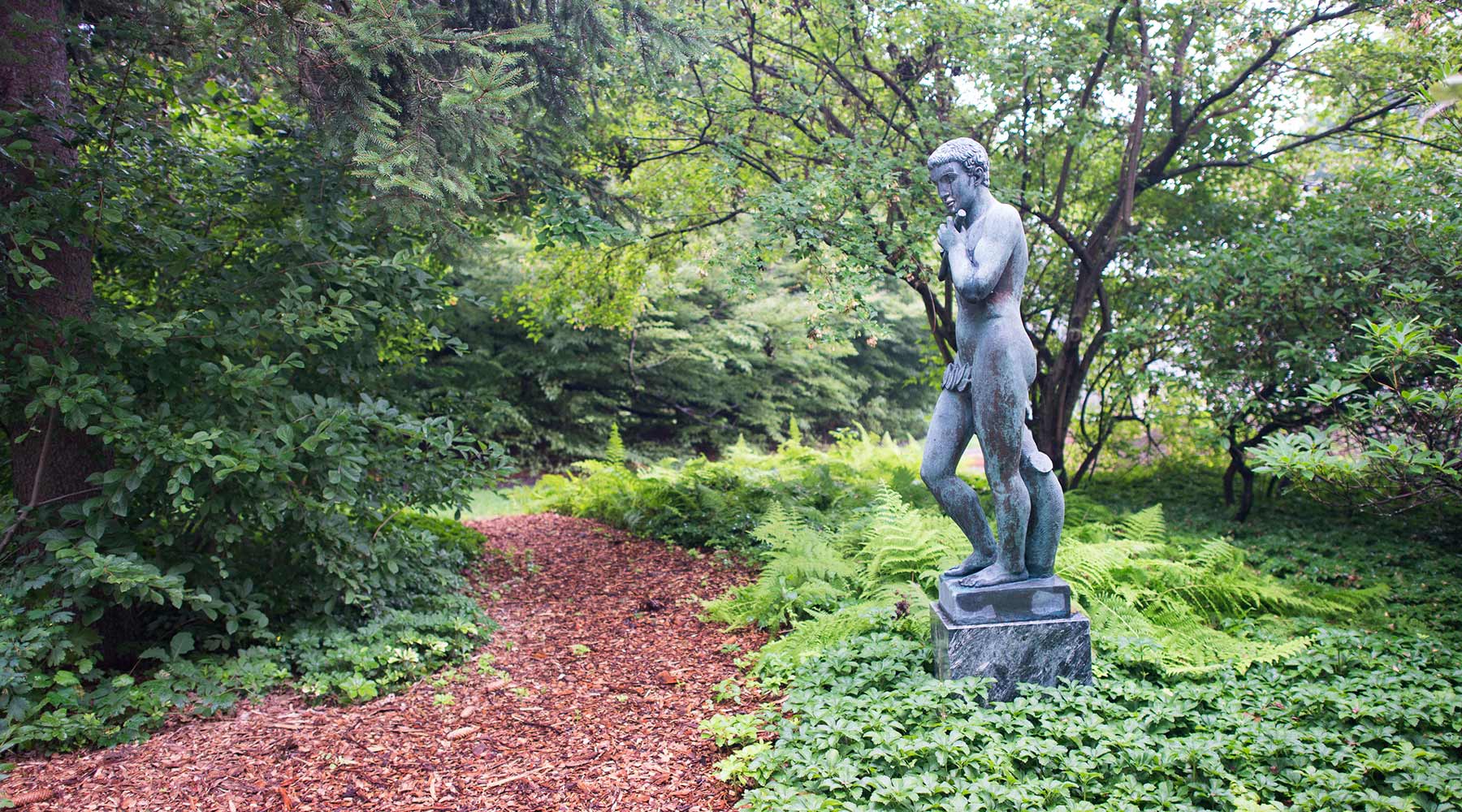
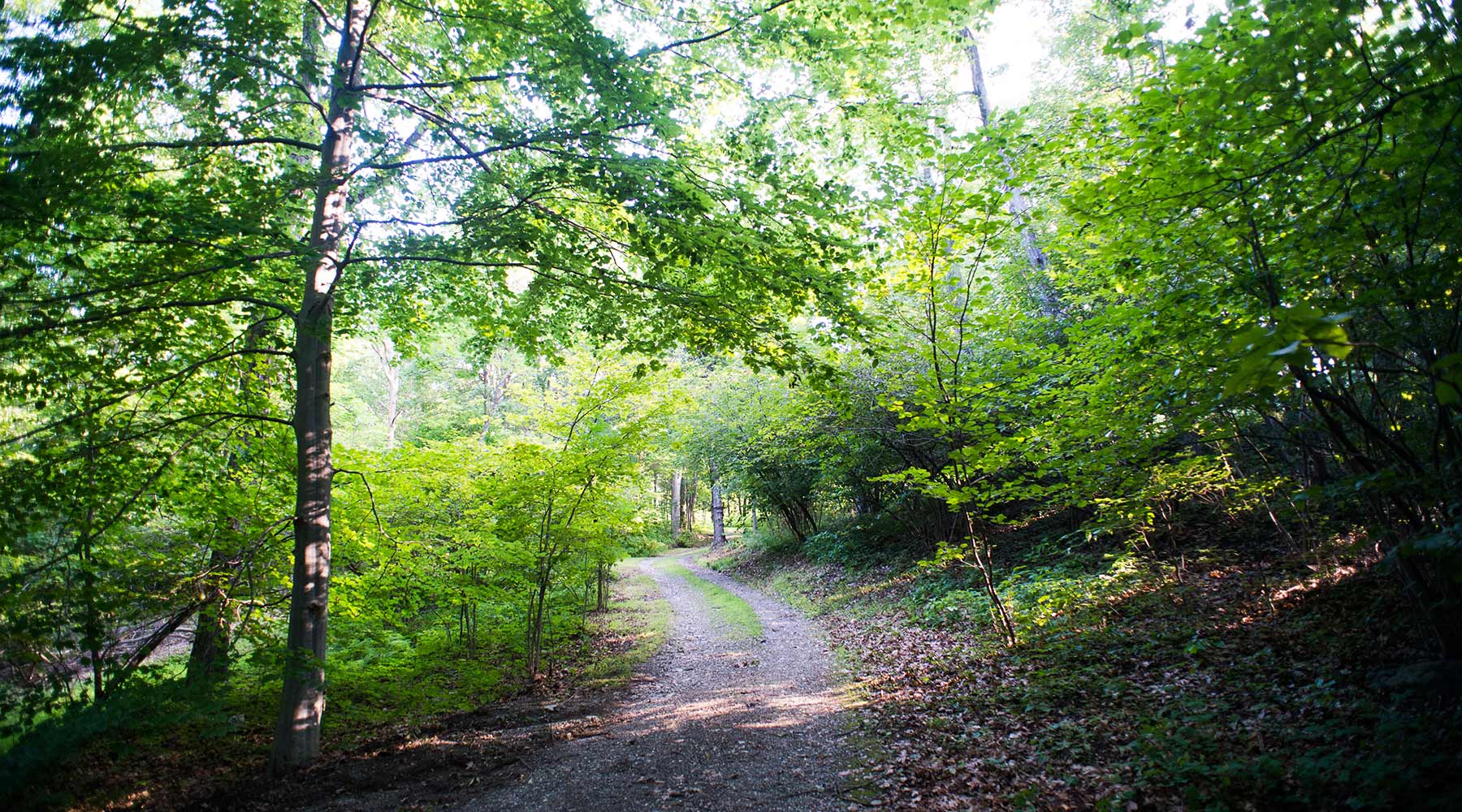
The Trails
Wethersfield feeds more than 20 miles of trails for equestrian sport, as well as for hikers and cross-country skiing, and is delighted to welcome the Millbrook Hunt. So, too, does the organization organize and execute Hunter Paces for local community organizations, such as the Millbrook Pony Club, and 4-H.
Throughout the trails are hidden surprises for birders and nature enthusiasts. Wethersfield was originally reforested using a variety of trees. This conscious choice was made to preserve a variety of trees – thereby maintaining diversity in trees, to protect against catastrophic blight and to provide for future growth. The woodland trails also contain multiple native plants. Also, hidden in the woodland gardens, are vernal pools that house endangered amphibian creatures.
The Main House
At the estate’s highest elevation, Stillman built a Georgian Revival home designed by architect L. Bancel LaFarge, Chief of the Monuments Men during World War II, who was responsible for and co-founder of the New York City Landmarks Commission.
Elegant yet restrained, the house sits in conversation with a charming British Arts and Crafts garden immediately adjacent to it, each amplifying the graceful lines of the other and both bearing witness to the beauty of the surrounding countryside.
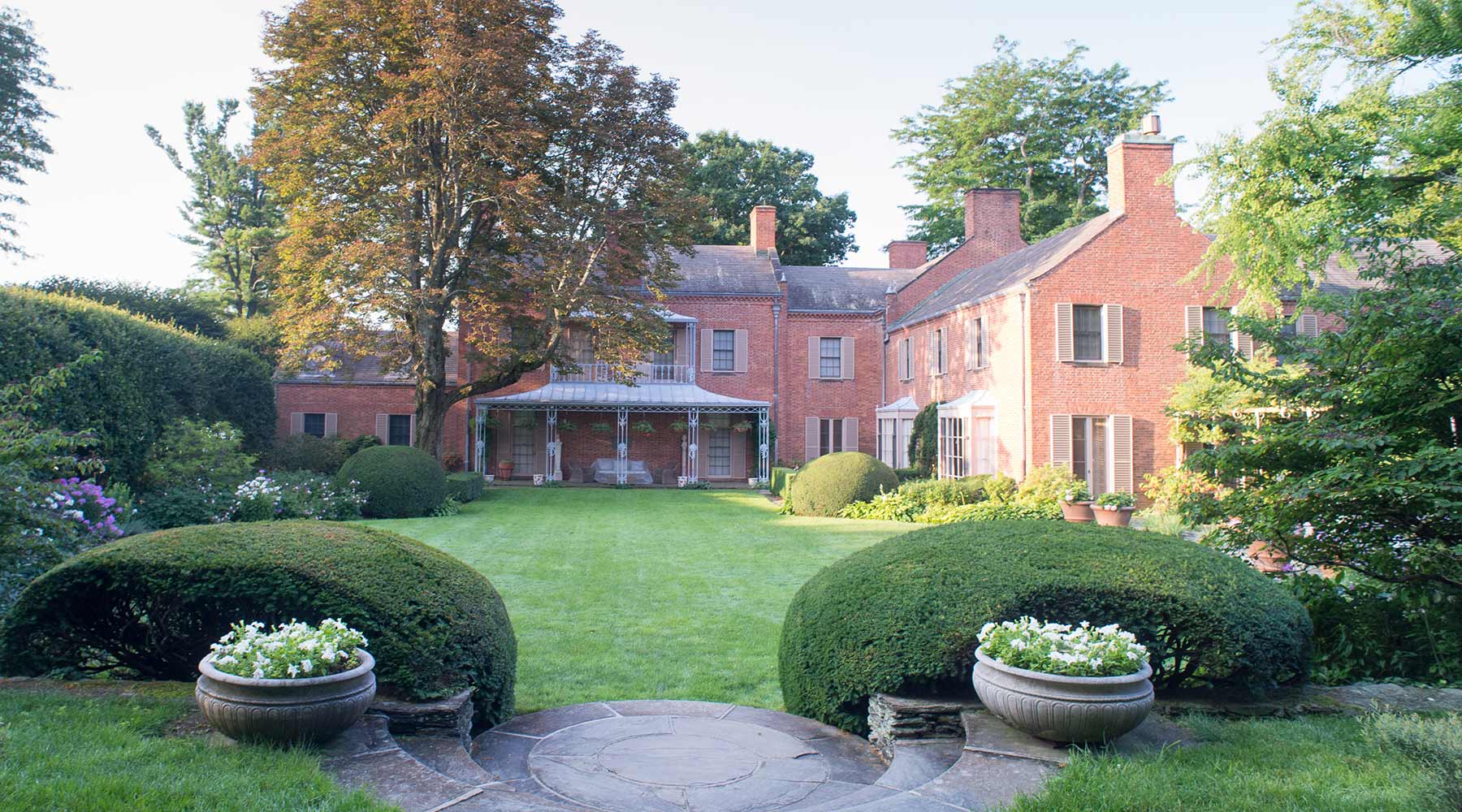
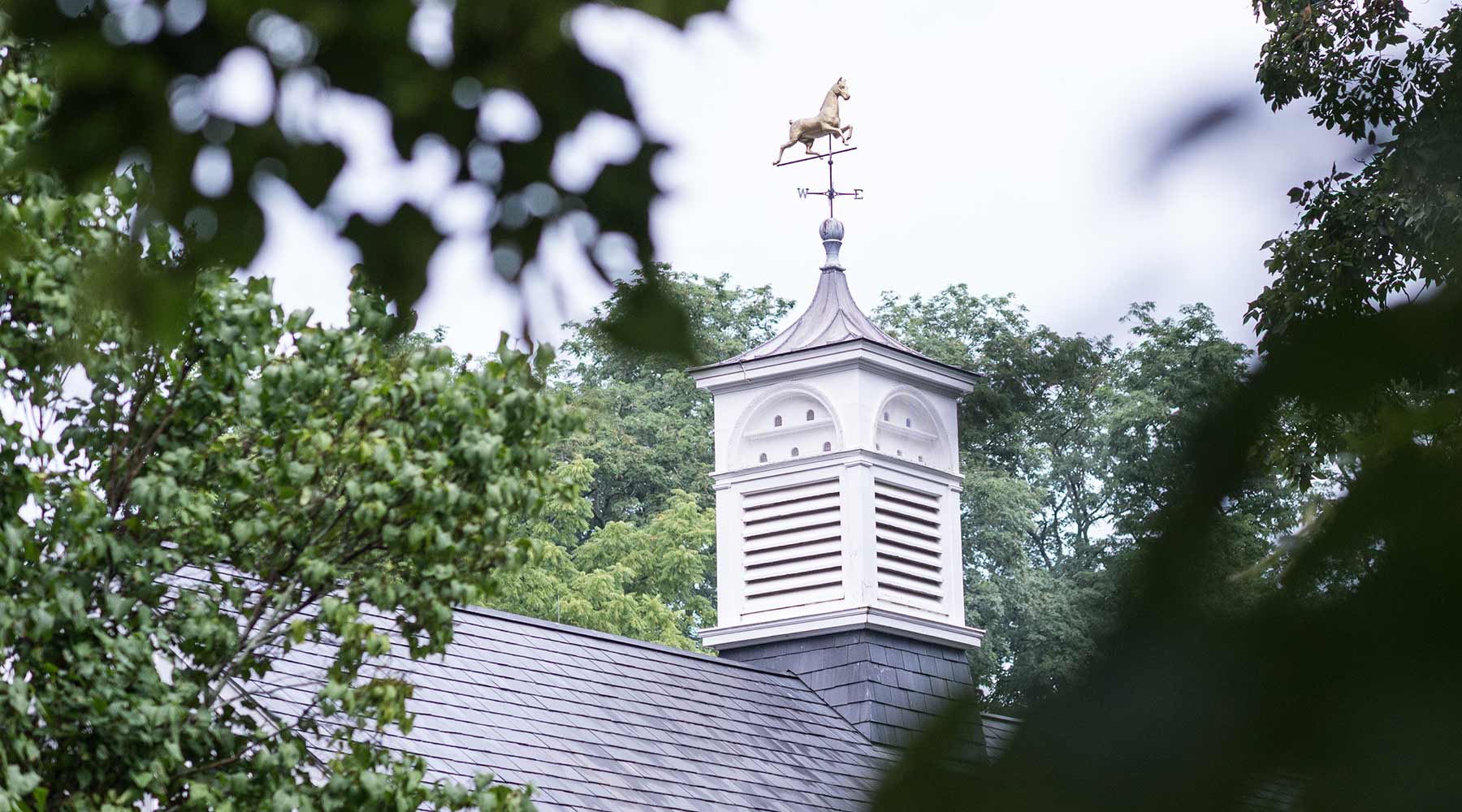
Carriage House Museum
The Carriage House Museum houses 22 antique carriages in a hall. Each of these carriages is meticulously maintained for those who wish to learn more about the history of the sport of carriage driving and the role of the Four-in-Hand Club.
Historical photographs line the walls and give context to the history of equestrian culture at Wethersfield. They also document the appreciation for these carriages by those renowned in the public eye, such as HRH the late Duke of Edinburgh. This hall, with its singular acoustics, is now also used as a performance space for musicians and thespians.
